Brighton is a seaside town located on the south coast of England. This town is famous for its historical and cultural heritage. One of Brighton's most important historical buildings is the Royal Pavilion. This building was built by King George IV in 1787. The Royal Pavilion stands out with its Indian and Chinese architectural features. The interior is decorated according to King George IV's taste. The Royal Pavilion is considered one of England's most important historical buildings. This building attracts tourists and is one of Brighton's most important tourist attractions. The Royal Pavilion is a must-see place for anyone who wants to explore England's historical and cultural heritage.
Brighton Royal Pavilion: Historical and Architectural Features
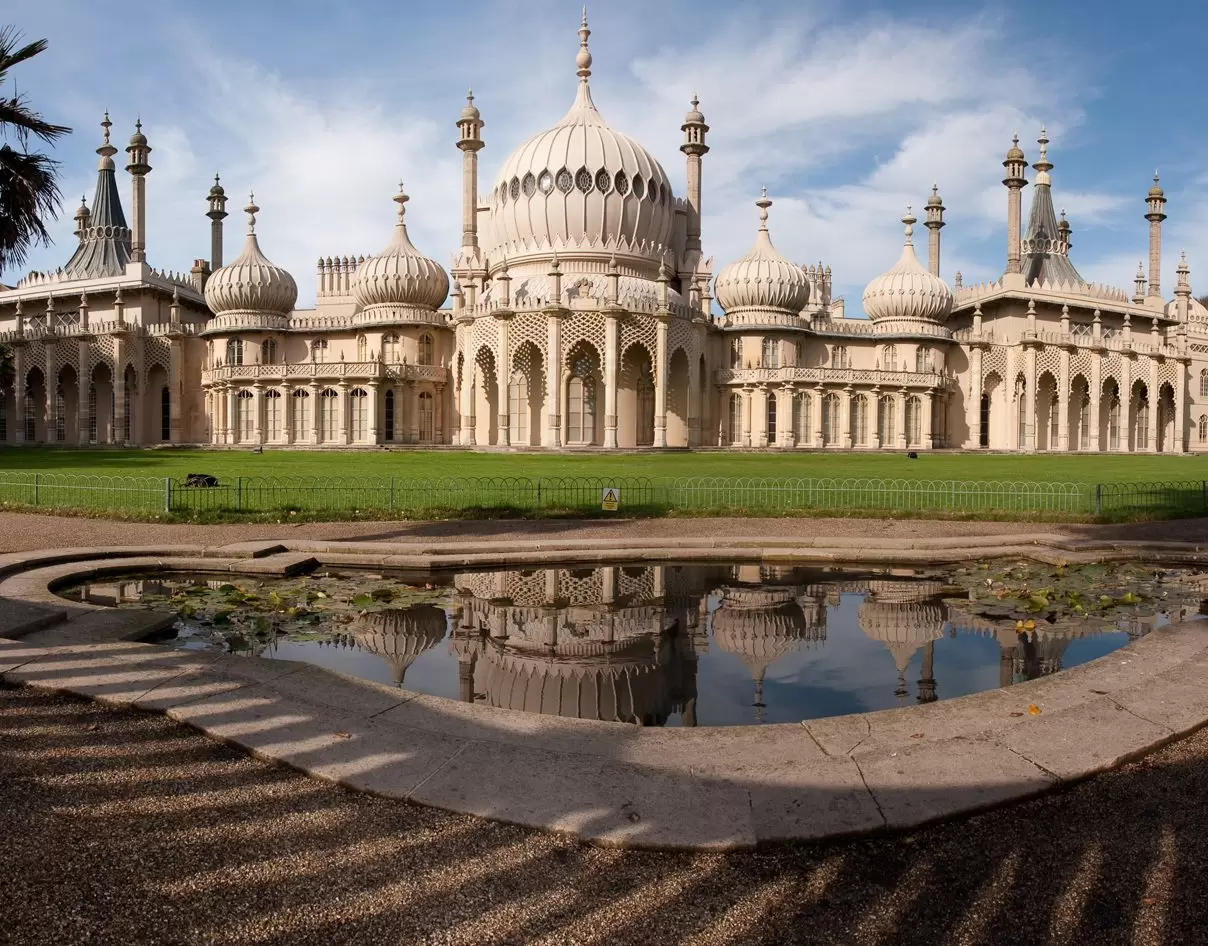
The Royal Pavilion of Brighton is a historic building located in the city of Brighton, England. It was first built in 1787 as a hunting lodge by King George III. Later, it was redesigned by architect John Nash in 1815 at the request of King George IV, and turned into an Indian-style palace.
The Pavilion is a unique structure in English architecture. Its Indian-style architectural features were unprecedented in English architecture at the time. The Pavilion is a two-story building with a dome-shaped roof. The exterior of the building is decorated with high towers, minarets, and arches, similar to palaces in Indian architecture. Additionally, the interior of the building also features Indian-style architectural elements, with colorful glass, gold decorations, and Indian patterns.
The Pavilion is one of England's most important tourist attractions. It was opened to the public in the 1850s and has been used as a museum ever since. The museum features exhibitions that provide information about the history and architectural features of the Royal Pavilion. Additionally, the museum displays period furniture, artworks, and decorations from the Royal Pavilion.
The Royal Pavilion of Brighton is one of England's important historic and architectural structures. Its unique Indian-style architecture attracts tourists. Additionally, its use as a museum allows visitors to learn about the history and architectural features of the building.
Brighton Royal Pavilion: The Interesting Story of the Royal Family
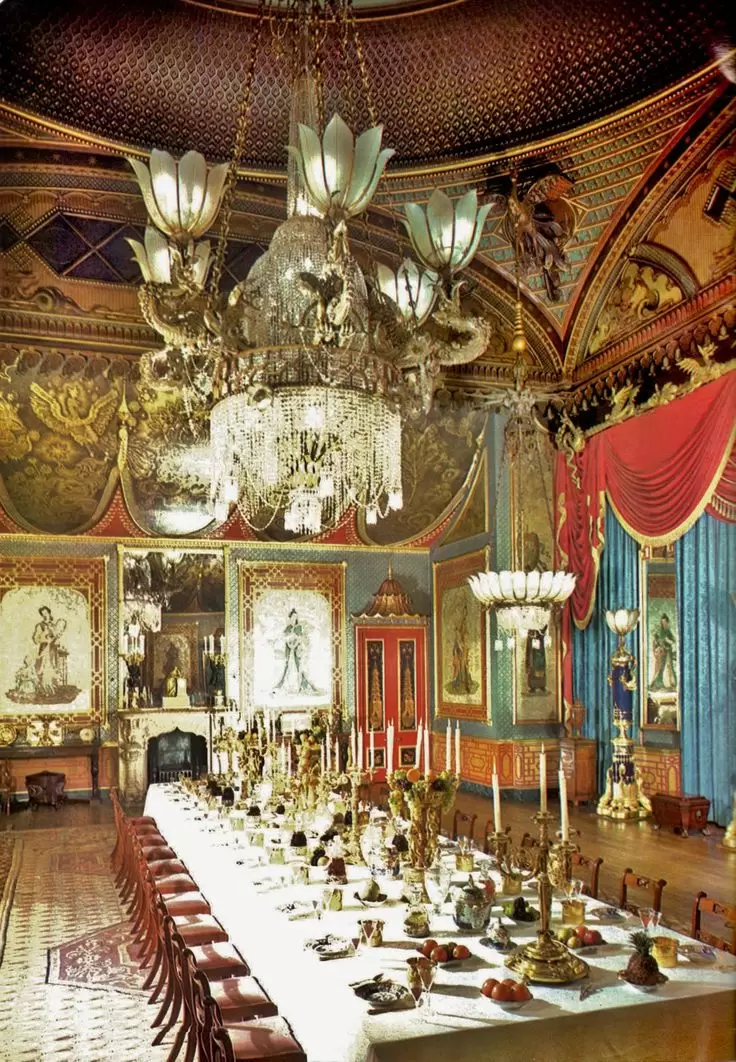
Brighton Royal Pavilion is a structure located on the south coast of England with an interesting story of the Royal Family. Initially built in 1787 as a hunting lodge by King George III, the building gradually became the summer palace of the Royal Family.
The Pavilion was designed by architect John Nash and built inspired by Indian and Chinese styles. The interior of the building is also decorated in the same style and is particularly noteworthy for its Chinese-style furniture.
The Royal Family used the Brighton Royal Pavilion especially during the summer months. Important kings and queens of England such as George II, George III, and George IV spent time here. The Pavilion also caught the attention of Queen Victoria, who also spent time here.
However, the interesting story of the Royal Family began during World War II. The Pavilion was converted into a military hospital during the war and was used in this way until the end of the war. After the war, the building was restored and turned into a tourist attraction.
Today, the Brighton Royal Pavilion has become an important tourist attraction that attracts tourists. The building contributes significantly to England's historical and cultural heritage. In addition, the interesting story of the Royal Family is also preserved here. The Pavilion is a must-see place for anyone who wants to explore England's historical and cultural heritage.
Brighton Royal Pavilion: Among the Most Interesting Tourist Places in England
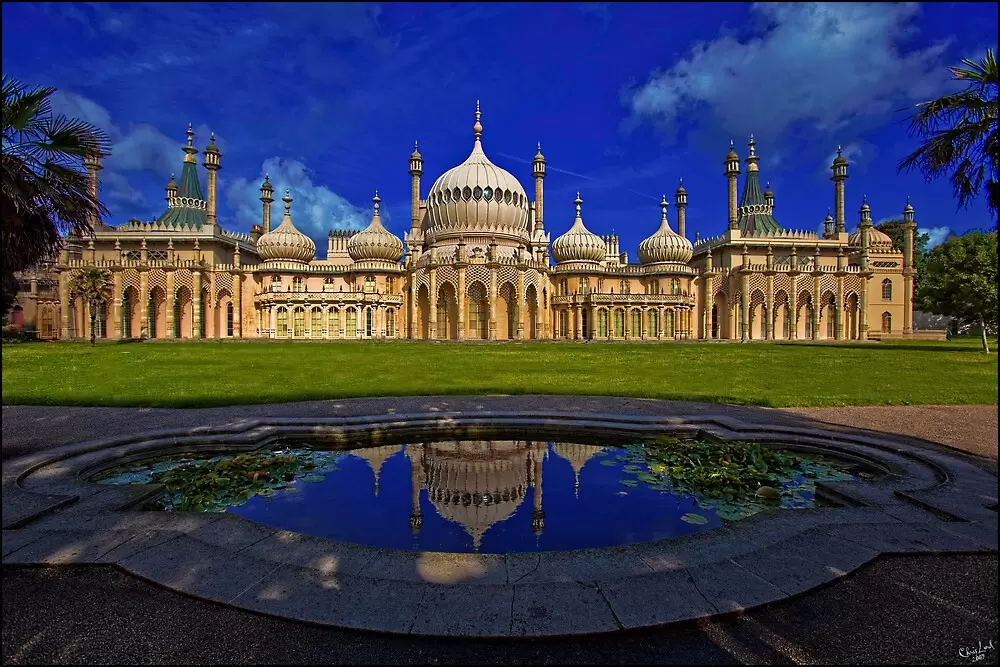
Brighton Royal Pavilion is among the most interesting tourist attractions in England. This historic building is located in the city of Brighton on the south coast of England. Built by King George IV in 1787, this structure is one of the finest examples of British architecture.
Brighton Royal Pavilion is one of the most important historical buildings in England. It holds a significant place in British history. King George IV commissioned the building to attract tourists to the city of Brighton on the south coast of England. The building, built for this purpose, has become a focal point for tourists today.
Brighton Royal Pavilion is one of the finest examples of British architecture. It was built in the Gothic style, one of the most important features of British architecture. This style is widely used in British architecture. Therefore, Brighton Royal Pavilion is one of the most important buildings in British architecture.
Brighton Royal Pavilion is among the most interesting tourist attractions in England. This historic building holds a significant place in British history. Therefore, it has become a focal point for tourists. Brighton Royal Pavilion is one of the finest examples of British architecture. Therefore, it is among the places that tourists visiting England must visit.
Brighton Royal Pavilion: Changing Face from Past to Present
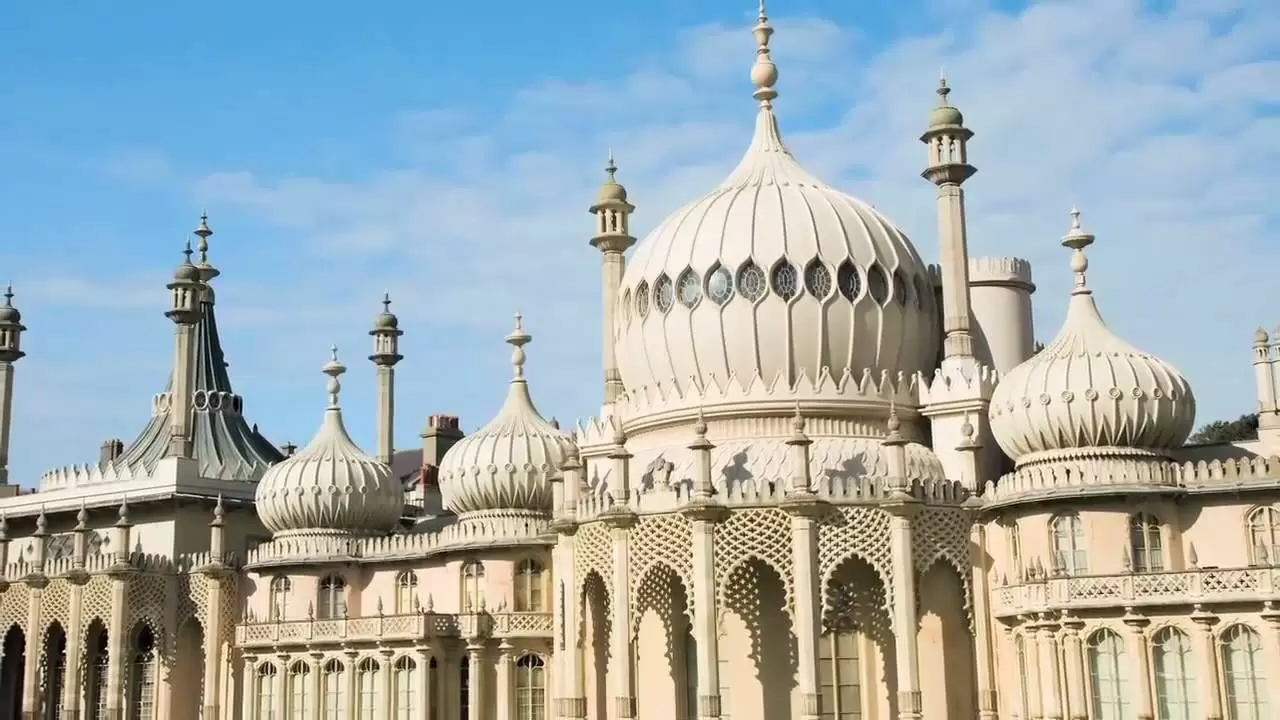
The Brighton Royal Pavilion is a historic building located on the south coast of England. It was first built in 1787 as a hunting lodge by King George III. However, in 1815, King George IV commissioned architect John Nash to expand the building and turn it into an Indian-style palace.
Nash added features of Indian architecture to the building, decorating it with minarets, domes, and colorful glass. Therefore, the Brighton Royal Pavilion is considered one of the most interesting and unique buildings in England.
However, in the 1850s, the Royal family stopped using the building and it was neglected. During World War II, the building was damaged by bombing. But in the 1950s, it was restored and opened to tourists.
Today, the Brighton Royal Pavilion is one of England's most popular tourist attractions. The building, along with its furniture, decorations, and artwork, offers visitors a historical journey. In addition, concerts, exhibitions, and events held in the building also attract tourists.
The Brighton Royal Pavilion is an important part of England's historical and cultural heritage. The changing face of the building from the past to the present reflects England's historical and architectural development. Therefore, the building will continue to attract tourists.
Brighton Royal Pavilion: One of the Most Important Parts of England's Historical Heritage
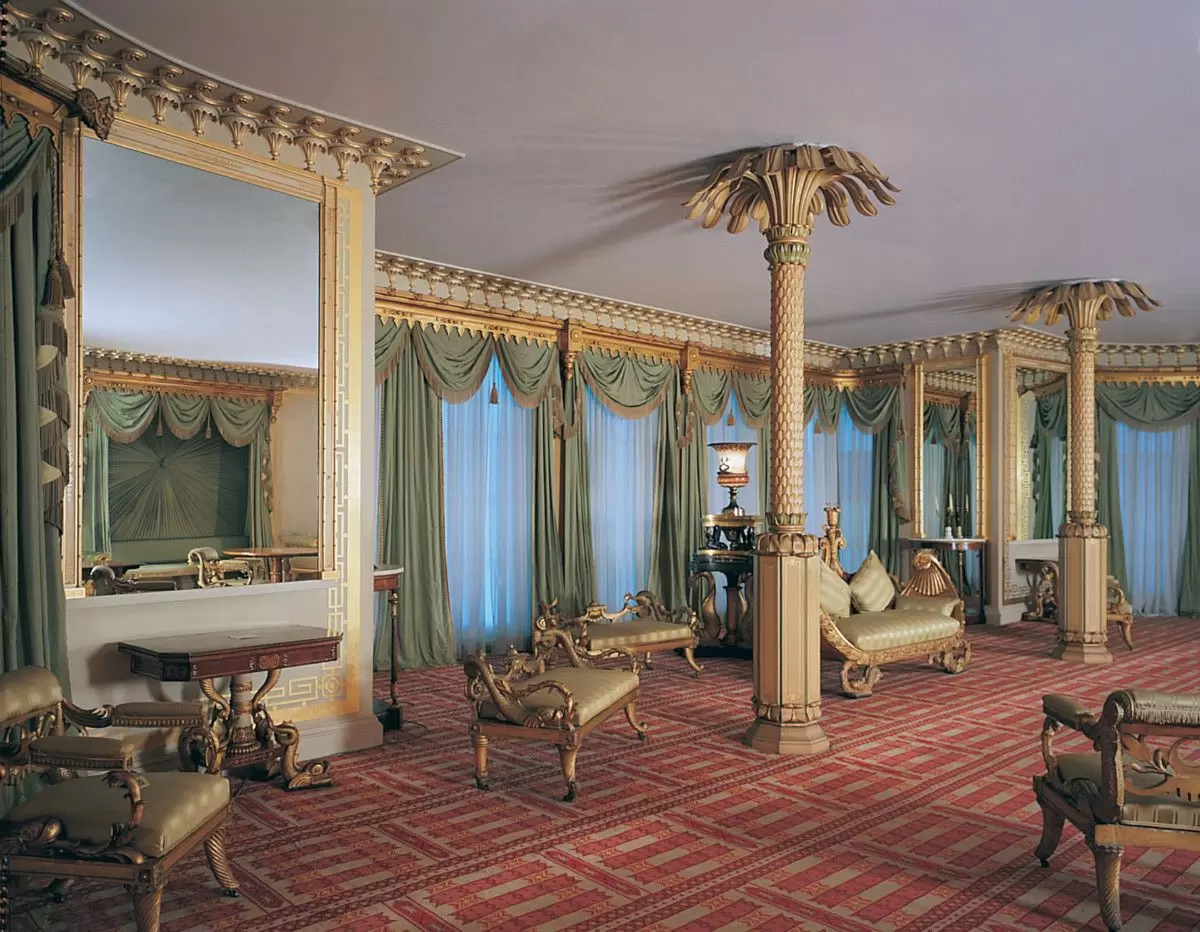
The Brighton Royal Pavilion is one of the most important parts of England's historical heritage. This building is located in the city of Brighton on the south coast of England. Built as a hunting lodge by King George III in 1787, the building has been renovated and expanded many times over the years.
The Brighton Royal Pavilion is an architecturally interesting building. Influenced by Indian and Chinese architecture, it was built in the exotic style that was popular in England at the time. The interior of the building is very luxurious and ornate, designed specifically for the royal family and decorated by the most famous artists of the time.
Today, the Brighton Royal Pavilion is one of the most visited tourist attractions. The building, along with its museums, galleries, and gardens, covers a large area. Visitors can learn a lot about England's historical and cultural heritage while exploring the building.
The Brighton Royal Pavilion is not only an important part of England's history, but also of world history. It provides many clues about England's past and culture. Additionally, the building's interesting architecture attracts tourists. Therefore, it is one of the places that everyone traveling to England must visit.

Comments